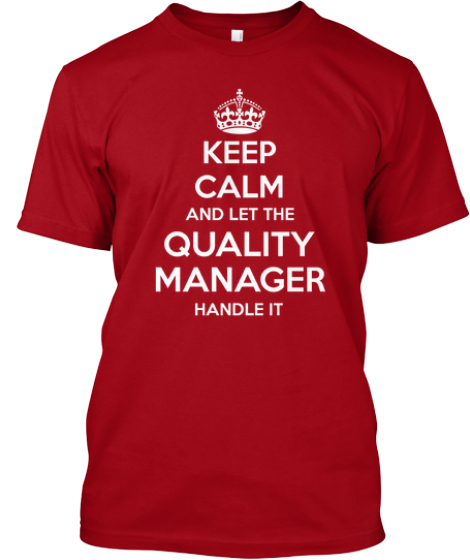Value
stream mapping is a tremendously valuable tool for improving a process. Well
suited for a broad range of industries and processes. A value stream map (VSM)
illustrates the flow of materials and information as a product or service moves
through a process.
Value-stream
mapping is a useful tool for grasping the current situation and for planning
improvements. A current state value-stream map depicts the current situation as
is. A future state value-stream map depicts what the value stream should look
like after planned improvements have been implemented.
Creating
a value stream map of the current state of your process helps you focus on
areas of waste such as excess inventory, non-value-added time, and multiple
operators. It’s not an easy undertaking, but making a good value stream map is
a great way to help everyone involved understand and see where improvements can
be made.
There
is a tendency to skip mapping the current state and go directly to the future
state map. But if we don’t understand the current process, we can’t really make
intelligent decisions about how the future current state might or should look.
A lot of companies want to skip the development of the current state map and
get right into brainstorming ideas for improvement. We must reduce this
impulse.
Skipping
the current state map is like building a house without surveying the land or
visiting the site. Doing so can lead to
a home that can’t be built and an upset homeowner.
These
tips will help you develop accurate value stream maps that you can use to drive
continuous improvement.
1. Define your value
stream.
Identify
the basic process steps before conducting your value stream map. Base the value
stream map process on customer requirements. You must understand what the
customer values, and use that as your starting point. Include all the
activities required to bring a product from “raw materials” into the customer’s
hands or provide service to a target audience. For each step in the process
agree to the measure/data requirement needed for the map.
2. Capture the actual
process in the actual place.
Describe
the process as it operates now, not how it’s supposed to operate. Don’t be shy
– visit the workplace when doing a value stream map. Walk through the
process to ensure that the flow of materials and information is accurate. You
will gain far more knowledge of the process if you witness the events yourself.
An incorrect VSM can lead to wrong conclusions being drawn and can waste
valuable time of improvement teams.
3. Make your value
stream map with pencil and paper.
These
days there are lots of value stream mapping software available but for first
timers who may not be familiar with the software it’s just one extra thing to
learn. Excellent results can be obtained through traditional pencil and paper. This
helps your Value Stream Mapping team be familiar with the process and
understand the level of detail that will be captured. When drawn in pencil it
is easier to make changes. Just remember to stick with basic value stream
mapping icons.
4. Analyze the entire
value stream.
Too
many Lean practitioners skip value stream analysis and jump right to
identifying specific sources of waste and removing them. Unfortunately, as they
note, this often results in local improvements, but rarely results in
significant overall improvements in the overall value stream or in improved
products for customers. To really have an impact, you need to begin by
streamlining the entire value stream, and only after that, drill down into
specific processes to eliminate waste. Your map may reveal a number of
potential areas for improvement. Which ones will make the biggest difference in
meeting customer requirements?
5. Map your improvement
plan.
Create
a future state map from the current state map. Your current-state map suggests
where to focus your efforts, so you can draft a map that shows how value will
flow through an improved process. List the actions that need to happen to
improve the process. Take a step-by-step approach to putting your plan in
action, then update your future state map as you implement each step.
Bonus: Remember keep
your value stream map simple.
Remember
that there is no perfect value stream map and you should set out to capture all
the sufficient information. Keep the mapping process simple and allow for
corrections. This will allow everyone to participate and be engaged in the
improvement part of the process.
There
is a lot to think about when undertaking value stream mapping so be sure not to
rush. Create a check list of items that should be included in the map and cross
them off as you go along. When you think you’ve got your map complete –
validate it with your stakeholders – ensure its representative of what actually
happens. Use this to iron out any problems with the map. Don’t take this stage
for granted – get it wrong and you can find your improvement suggestions shot
down in flames as stakeholders trash your map!













